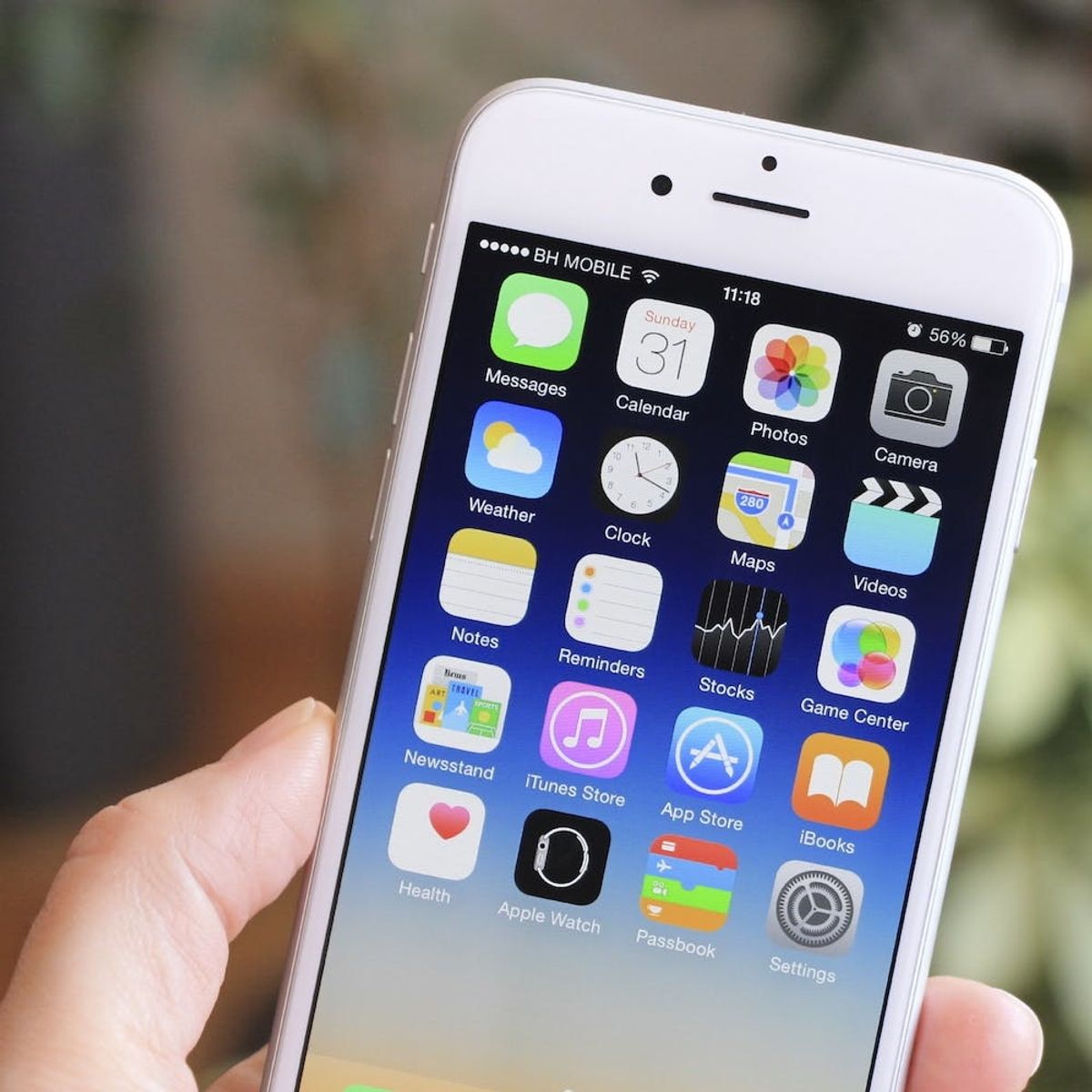Your credit score could be in serious trouble.
This Is the Scary iPhone Upgrade Program Catch Nobody’s Talking About

Last year, when Apple introduced the iPhone Upgrade Program, it seemed to be the solution for the age-old problem of still having a year to go on a two-year contract while Apple’s dropping their latest flagship handset. In other words, new iPhone FOMO. Apple even touts is as “The best way to own iPhone.”
People swarmed to the stores to sign up — including yours truly — and with the impending release of the iPhone 7, 2016 is the first time I’ve been able to take advantage of the perk. But when I tried to trade in my 6S Plus for a 7 Plus, I was met with an unpleasant discovery.
To explain, let me back up. When I signed up for the Program back in September of 2015, I had to provide my social security number, a valid US credit card, two forms of primary identification and my wireless carrier info. That’s a lot of information to simply sign up for a new iPhone.
In case you’re asking why, here’s how the upgrade program works: When you sign up for the program, you’re actually signing up for a loan that’s financed through Citizen One Personal Loans. Citizen One Bank finances your phone, and you pay them back with a 24-month installment loan with a zero percent APR. To get a loan, you must first get your credit checked. This is all written in the fine print at the bottom of the iPhone Upgrade Program page. According to Priya Malani, financial planner and founding partner of Stash Wealth, “A hard inquiry as opposed to a soft inquiry is when your credit score is checked by an agency or institution that is issuing you a loan — versus you checking it yourself or a simple background check. Too many hard inquiries, like three or more, within a short period of time, like six months, isn’t great for your credit score.”
Now fast forward to the present. When I tried to swap my 6S for a 7, I found out that, in order to “exercise my upgrade option,” I had to sign up for a new 24-month loan. Which means new loan = new hard credit check. Yep, that would be two hard pulls on my credit report within 12 months and THAT was a shock to learn. To be fair, in the terms and conditions of the iPhone Upgrade Program, Apple does write that in order to exercise your upgrade option, you had to “enroll in a new iPhone Upgrade Program which includes applying for and entering into a new 24-month 0% APR installment loan (‘New Installment Loan’) with Bank,” and they do list it in their FAQs, but many users are still unaware. The Apple Store employee certainly didn’t offer this information when I signed up the first time, either.
And these hard pulls affect people differently. As Priya says, “If your credit score is healthy, you may only get dinged by a few points, but if you are working on rebuilding your credit score you may take a larger hit — up to 10 to 20 points.” Ouch. And there are times when you should be particularly conscious of your credit score. “Because your credit score is used to determine the terms offered on your loan or credit line,” Priya tells us, “you want to be in good standing when going to borrow in a significant way, like for a mortgage.” And it’s not limited to just mortgages, but also when you’re buying a car, renting an apartment or even opening a new credit card.
But there IS a silver lining here. There are ways you can avoid getting your credit dinged while still taking part in the program. “This is the fun part,” Priya says — something only a financial planner would say. “Not a lot of people realize you totally have control over increasing your credit score. It’s kind of like a game.” One of the first things Priya recommends doing is calling your credit card companies and asking them to increase your credit line. (“[Though] this doesn’t mean charge up more!”) What this does is it lowers your “credit utilization ratio,” AKA the percentage of your total credit you’re using. “You want to keep your CUR under 30 percent if you have great credit and under 20 percent if you have average credit,” Priya advises. “So if your cumulative credit line is $10,000, don’t charge up more than $2,000 to $3,000 at a time without paying it off in full.”
Another trick she has up her sleeve is to pay your bill off faster. “Instead of paying your credit card off every month when the bill is due,” Priya tells us, “pay it off every week or every two weeks. Showing regular and on-time payments is an easy way to bump your credit score.”
Next, you could try opening a fresh line of credit and being really careful about it. “Charge regularly and pay it off regularly,” she says. Use a free service like Debitize to keep you accountable. It links up your checking account and your credit card. Each time you use your credit card, they move the money out of your checking account into a Debitize account. At the end of the month, they’ll pay your bill for you — in full and on time.
As for those who don’t want another hard inquiry on their credit score and want out of the iPhone Upgrade Program, the bad news is that you’ll have to pay off the remainder of your 24-month loan, though after that, the phone is yours to do as you please.
Did you upgrade using Apple’s iPhone Upgrade Program? Tweet us @BritandCo!
(Photos via Apple, Getty)

















